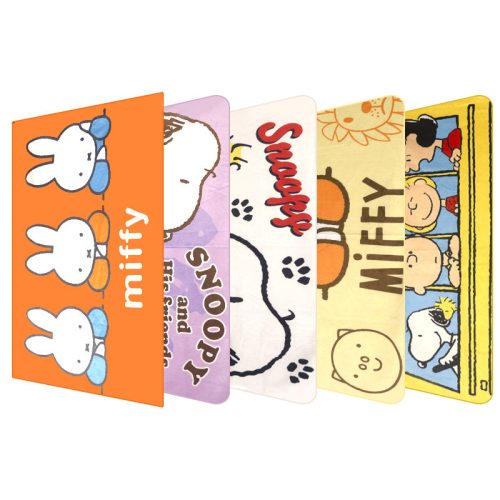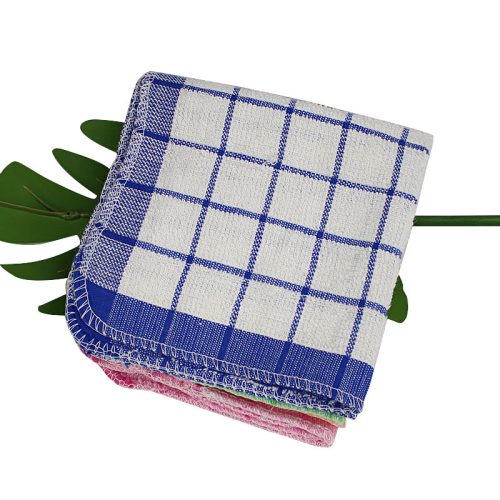The history of towels and towel weaving is a fascinating journey that spans centuries and involves various cultures. Here’s an overview of the weaving and evolution of towels throughout history:
- Ancient Origins: Towels have roots in ancient civilizations where people used pieces of fabric or cloth for drying and personal hygiene. In ancient Rome, for instance, people used linen towels to clean themselves after bathing in communal baths.
- Medieval Towels: Towels gained popularity in medieval Europe, particularly among the nobility. Towels were often made of linen and were considered a symbol of luxury and status. They were used by royalty and nobles during feasts and banquets.
- Rise of Cotton Towels: With the introduction of cotton into Europe from Asia and the Middle East during the Middle Ages, cotton towels gained prominence due to their softness and absorbency compared to linen. Cotton towels became more widespread and accessible.
- Industrial Revolution: The Industrial Revolution in the 18th and 19th centuries marked a significant shift in towel production. Mechanized weaving processes and advancements in textile manufacturing led to increased production and availability of towels for the general population.
- Towel as a Household Essential: Towels gradually transitioned from being luxury items to household essentials. With improved technology and mass production, towels became more affordable and accessible to the general public.
- Introduction of Terry Cloth: The invention of the terry cloth in the 19th century revolutionized towel manufacturing. Terry cloth, characterized by its looped, soft pile, greatly enhanced the absorbency and comfort of towels, making them more efficient for drying.
- Modern Towel Manufacturing: Towel manufacturing techniques continued to evolve, with the introduction of various fibers, blends, and specialized weaves to enhance towels’ absorbency, durability, and softness. Towels are now made from a variety of materials, including cotton, bamboo, microfiber, and blends thereof.
- Design and Innovation: Towel designs evolved with changing consumer preferences and trends. Manufacturers began incorporating diverse colors, patterns, and personalized designs, offering consumers a wide array of options to suit individual tastes.
- Globalization and Trade: Towel production expanded globally, with countries specializing in different aspects of the manufacturing process. Some regions became known for their high-quality cotton or skilled craftsmanship in weaving and finishing towels.
- Sustainability and Innovation: In recent years, the towel industry has seen a surge in eco-friendly and sustainable practices. Manufacturers are focusing on organic materials, reducing water usage, and implementing eco-friendly dyes and processes to meet the demands of environmentally conscious consumers.
The weaving of towel histories involves a rich tapestry of cultural, technological, and economic developments. From humble beginnings as functional pieces of cloth to today’s diverse array of towels, the evolution of towel weaving reflects the evolution of society’s needs, preferences, and advancements in textile manufacturing.


